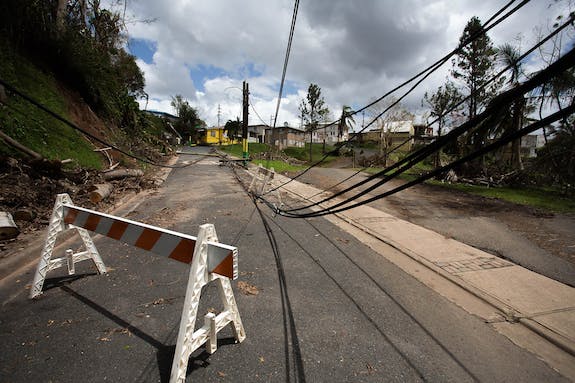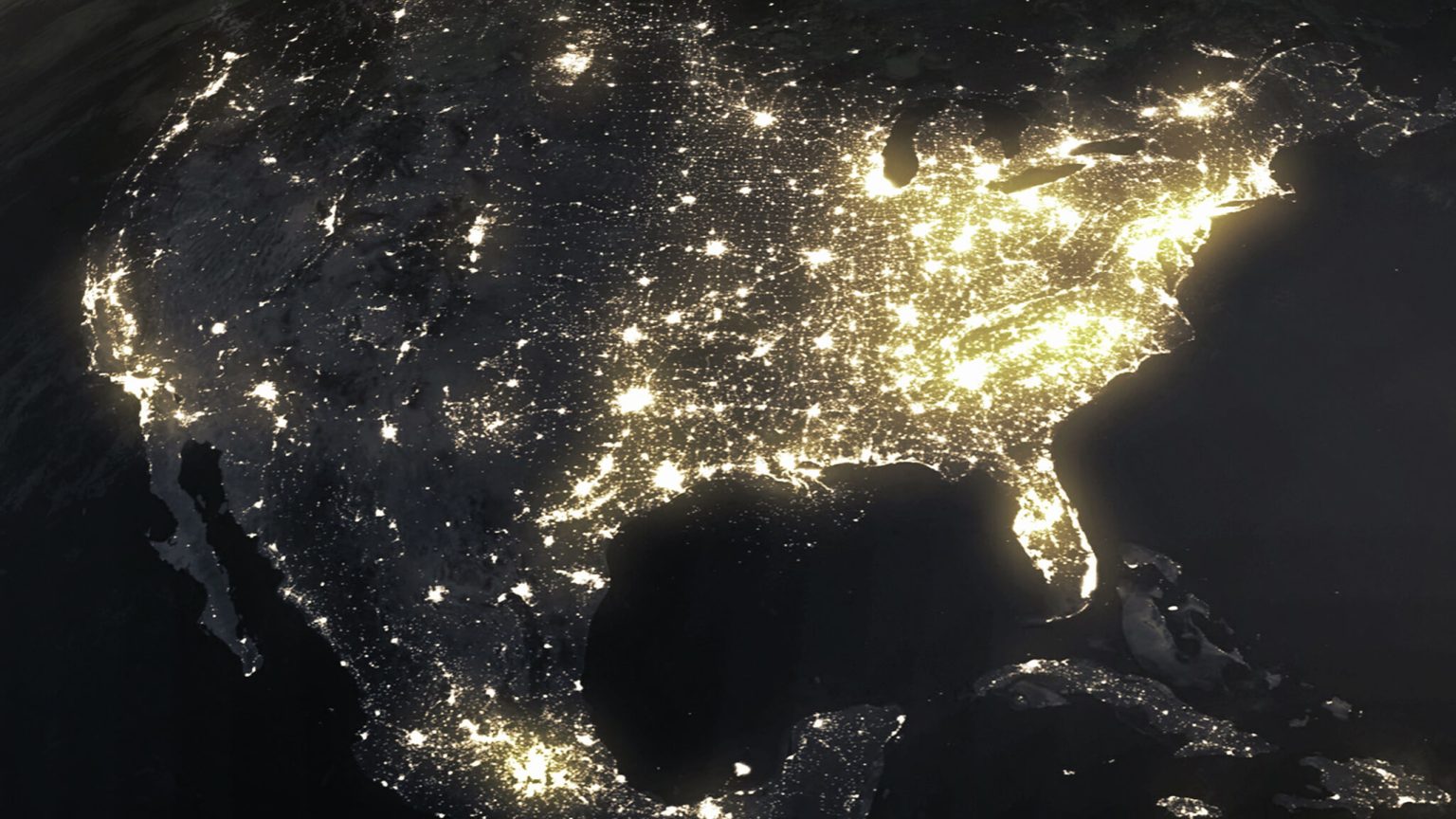Natural disasters sweep in with no respect to people, structures or landmarks. Unfortunately, no matter how much preparation goes into defending our most valuable assets, these disasters wreak havoc, and leave entire regions crippled for days to months on end.
This summer, Hurricane Florence ripped along the Southeast and Mid-Atlantic states, taking more than 30 lives, and leaving more than 2.1 million people without power. Within a week of the hurricane, nearly 100,000 were still without power. This is minimal downtime compared to the months people were without power following the hurricanes in Puerto Rico last year.

Within the energy realm, the ability to take a hit, survive it, and be able to stand back up and get back to normal as quickly as possible is known as resilience.
It is important to understand that resilience isn’t only having a plan to maintain some level of operation during a human-caused attack. Unfortunately, some of the nation’s most critical systems have been severely impacted by natural disasters. Having precautionary measures in place to continue or resume operation as quickly as possible following a human-caused attack or natural disaster has been a topic at the forefront of the resilience conversation.

“You can see hurricanes approaching, you can feel them when they are upon you, and you can see them leaving,” said Andy Bochman, grid strategist at Idaho National Laboratory. “Cyber has no such logic. You don’t see it coming, you’re not sure when it’s happening or what’s happening, you don’t know where it’s coming from or how long it will last. When it seems like it is over, you don’t know that it is over. It may start the next day from the original attacker or someone else could target you – it’s hard to know when the end is. So it’s important to practice operating through attacks – taking steps to ensure a minimal level of service is maintained even while parts of the company are in active cyber defense mode.”
For over a decade, Idaho National Laboratory has facilitated a forum called Resilience Week to provide a venue for advancing resilient infrastructure conversations, technologies, policies and partnerships. With the timing closely following the destruction Hurricane Maria reaped on Puerto Rico, the conversations at Resilience Week 2018 in Denver, Colorado, focused on ways to modernize the energy delivery system, enhance the security and resilience of America’s energy infrastructure, and how to recover from disruptions to the energy supply.
“Since its inception, this conference has brought together like-minded individuals trying to solve what seem to be insolvable problems,” said Zach Tudor, INL associate lab director for National & Homeland Security. “As a national lab leading this space, we feel a sense of responsibility to bring government, industry and academia partners together to identify ways to bolster the current approach to resilience.”

DOE’s Office of Cybersecurity, Energy Security, and Emergency Response’s (CESER) Infrastructure Security and Energy Restoration (ISER) division partnered with the event, as they work closely with private and public partners to identify hidden dependencies and risks in our critical infrastructure to ensure a secure and reliable flow of energy across the nation.
Donna Lynne, the lieutenant governor of Colorado, opened the conference by sharing an experience on a cyberattack in Colorado that took over a month to recover from. Although they had precautionary measures in place, some of the breached data was lost forever. And with heavy smoke visibly suspended in the air surrounding the venue, she spoke about how drought conditions have led to widespread, devastating wildland fires throughout the U.S. this summer. Regardless of whether we are prepared, malicious events and natural disasters can cripple entire cities or regions, and having a plan to return to operation quickly and smoothly needs to be considered ahead of crisis.
The event had a strong lineup of speakers, including security experts from across the nation, including: Mark Weatherford, former DHS undersecretary for Cyber Security and Communications and now senior vice president and chief cybersecurity strategist for vArmour, and Dr. Vilas Mujumdar, a member of the ASCE board of directors, internationally recognized for his leadership and contribution to addressing resilience and sustainability issues facing the global society.
Next year, the conference is expected to take place in Texas in October or November. Watch www.resilienceweek.com for updates.





